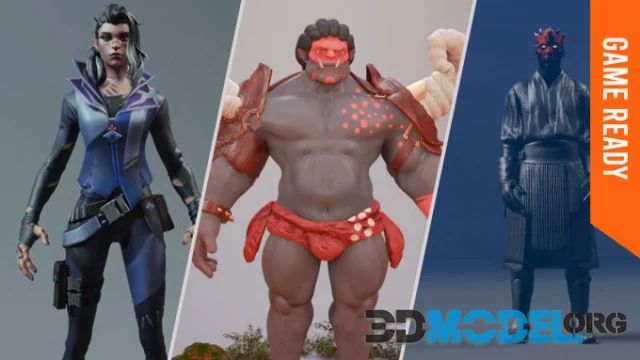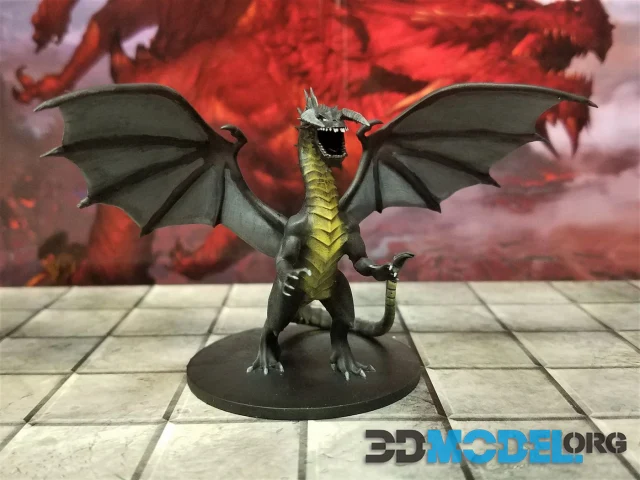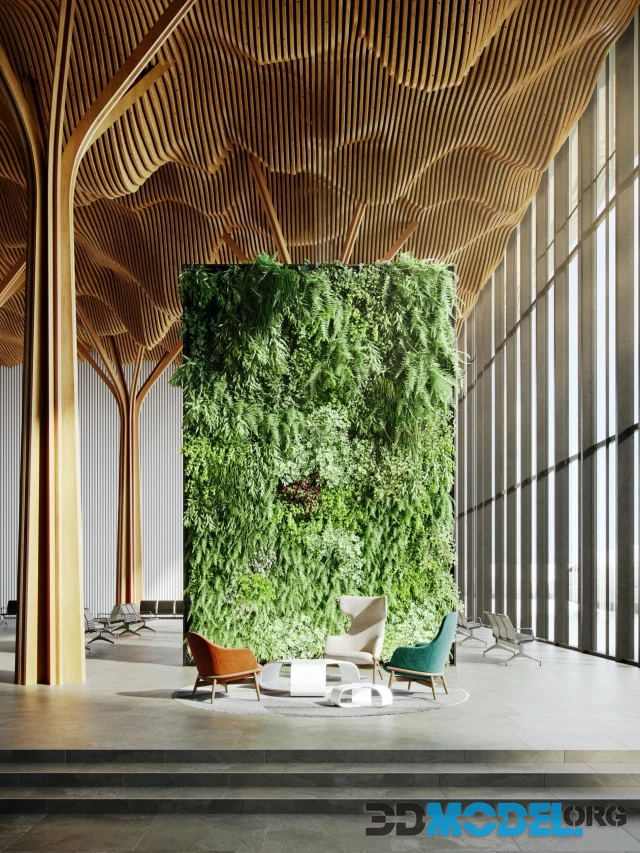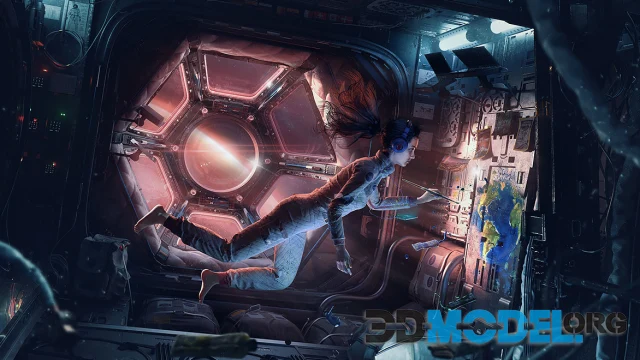Working with Textures in Photoshop: Secrets of Professional Designers
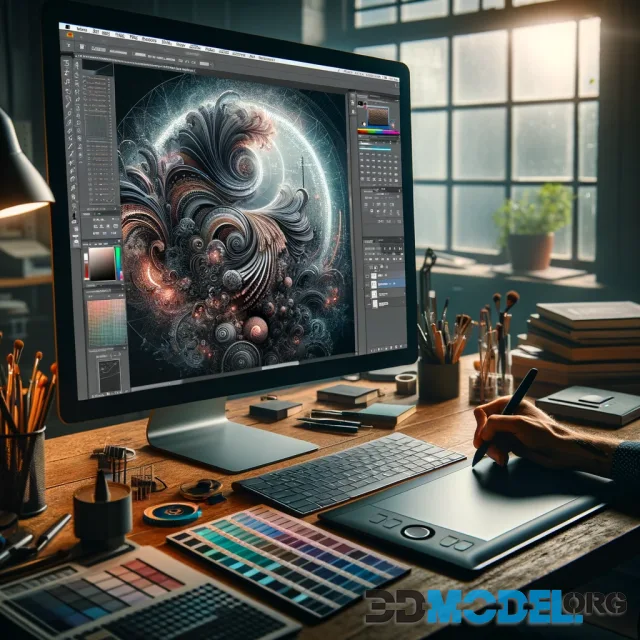
Mastering texture manipulation in Adobe Photoshop is a foundational skill for designers, artists, and photographers aiming to add depth, realism, or artistic flair to their projects. Textures can be utilized in a wide array of scenarios - from creating a background for a website to imparting visual material sensations in 3D modeling. In this comprehensive guide, we unveil professional secrets to enhance your texture work in Photoshop, significantly improving the quality of your output.
Fundamentals of Texture Work
Understanding textures goes beyond seeing them as mere images. They are a way to convey the feeling of material through visual means. Photoshop offers numerous techniques for working with textures, ranging from overlaying one image over another to creating complex effects using masks and layers.
Choosing Textures
The end product's quality heavily relies on the quality of the textures used. Professionals meticulously select textures, paying close attention to detail, resolution, and material realism. It's crucial that the texture harmonizes with the overall design without standing out from the composition.
Texture Overlay Techniques
One of the primary tools in texture work is the use of Blending Modes. These allow for various effects - from a subtle addition of texture to a complete transformation of a surface's appearance. Employing blending modes like "Multiply" for dark textures or "Screen" for light ones can achieve a natural look.
Utilizing Masks and Layers
Masks and layers in Photoshop are a powerful means for detailed texture application. They enable precise control over texture application areas, adjusting transparency, and even combining multiple textures for a unique effect. Professionals often employ complex combinations of masks and layers to create a sense of depth and volume.
Fine-tuning and Correction
Achieving the best result requires more than correctly applying a texture; fine-tuning it with correction tools is also vital. Using Curves, Levels, and adjusting the color balance allows for harmony between the texture and the main image, as well as setting the right atmosphere for the work.
Expanding Your Texture Arsenal
Professionals know the importance of having a diverse collection of textures at their disposal. Experimentation and incorporation of various textures can lead to unexpected and often more engaging results. To continually grow your texture library, actively seek out new resources and consider creating your own textures from photographs or digital painting techniques.
Creating Custom Textures
For unique projects, creating your own textures can be incredibly rewarding. Photoshop’s vast toolset, including brushes, filters, and effects, allows for the creation of custom textures. Experimenting with different brush settings and layer effects can yield personalized textures that set your work apart.
Texture Scanning and Photography
Another method for obtaining unique textures is through scanning or photographing real-world materials. This approach can capture the intricate details and imperfections of physical surfaces, adding an authentic touch to digital projects. Remember to adjust the lighting and camera settings to capture the texture as accurately as possible.
Advanced Texture Techniques
Displacement Maps
Displacement maps in Photoshop offer a sophisticated method to apply textures that conform to the underlying features of an image, creating a more realistic integration of the texture. This technique is particularly effective for creating textures on uneven surfaces or for simulating clothing patterns in fashion design.
3D Texturing
For projects involving 3D modeling, Photoshop’s 3D texturing capabilities enable designers to paint directly onto 3D models. This approach ensures that textures accurately follow the model's contours, enhancing the overall realism of the 3D object.
Conclusion
Working with textures in Photoshop is an art that combines creativity with technical skill. Through understanding the fundamentals, experimenting with advanced techniques, and continually expanding your texture library, you can elevate your design work to new heights. Professional designers leverage these techniques to create compelling, textured visuals that captivate their audience.
For those looking to enhance their texture collection, our website offers a section where you can download high-resolution 2D textures and backgrounds for free (link). Additionally, we provide professional seamless PBR textures for 3D design and game development (download here), accessible through another section of our site. These resources are invaluable for designers looking to push the boundaries of realism and creativity in their projects.
Ctrl
Enter
Noticed a misTake
Highlight text and press Ctrl+EnterRelated news:
Comments (0)



